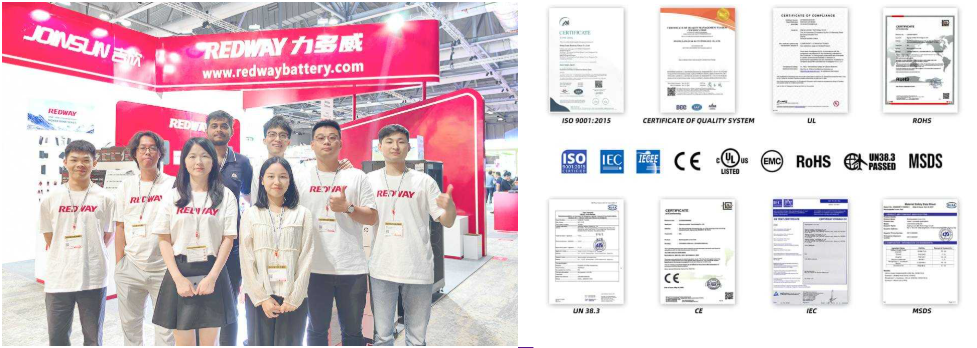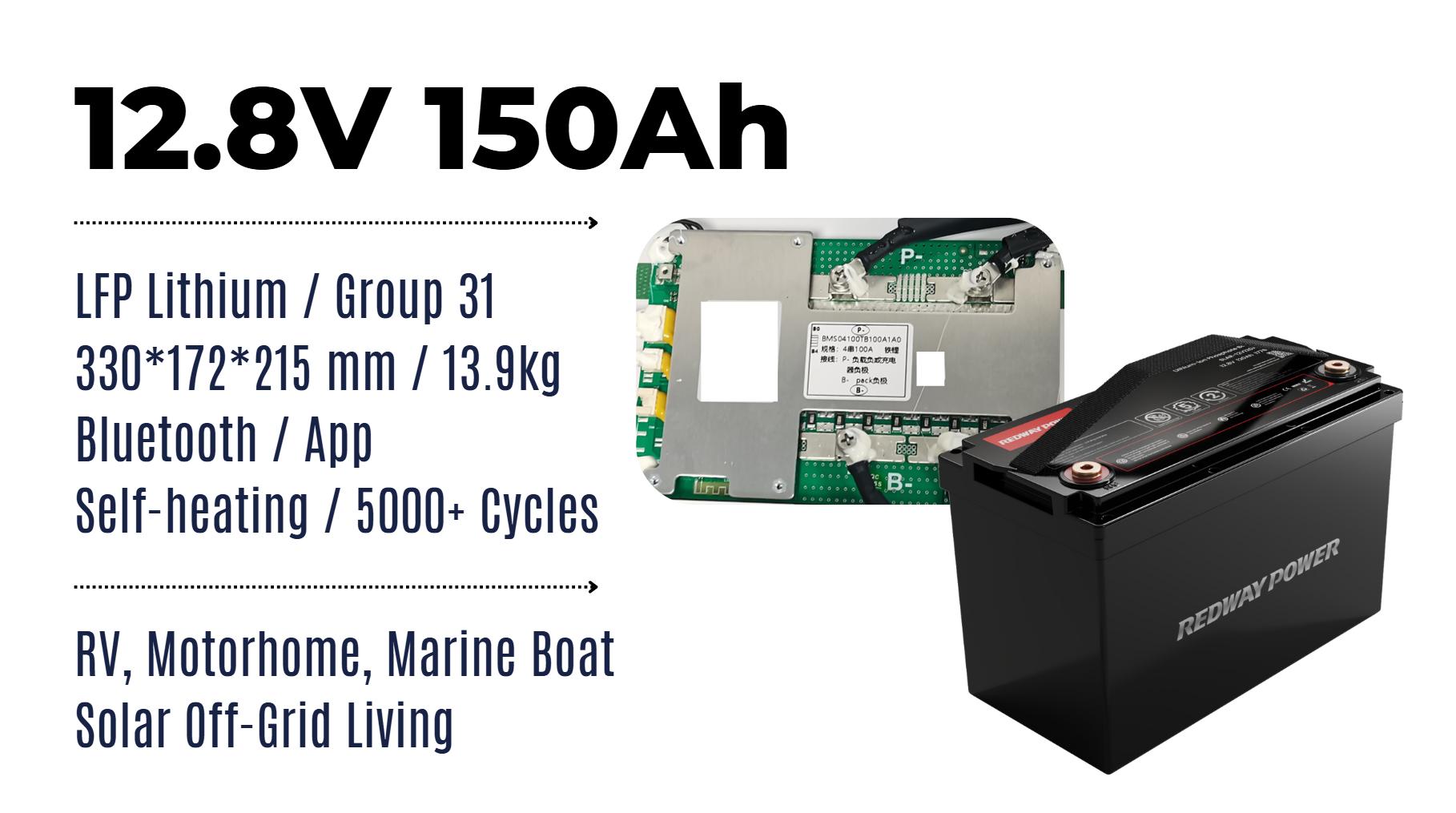Battery group size refers to the standardized dimensions and specifications assigned to batteries, particularly in automotive applications. This classification helps consumers select the correct battery for their vehicles, ensuring proper fit and compatibility. Understanding battery group sizes is essential for optimizing performance and safety.
Understanding Battery Group Designations
Battery group designations refer to standardized size, terminal placement, and capacity ratings set by the BCI (Battery Council International). These classifications help ensure compatibility with different vehicles and applications, making it easier to select the correct replacement battery.
| Designation | Length (inches) | Width (inches) | Height (inches) |
|---|---|---|---|
| Group 24 | 10.25 | 6.75 | 9.0 |
| Group 27 | 12.0 | 6.75 | 9.0 |
| Group 31 | 13.0 | 6.8 | 9.5 |
These designations ensure that batteries fit securely within designated compartments in vehicles, preventing movement that could lead to damage.
Wholesale lithium golf cart batteries with 10-year life? Check here.
Common Battery Group Sizes and Their Applications
Popular battery group sizes include Group 24, 27, 31 (marine and RV), Group 35, 48, 49 (automotive), and Group U1 (lawn equipment). Larger batteries provide higher capacity, while smaller ones fit compact vehicles or specialized applications.
Different vehicles require different battery sizes based on their design and power needs. Here are some common group sizes and their typical applications:
Want OEM lithium forklift batteries at wholesale prices? Check here.
| Group Size | Application |
|---|---|
| Group 24 | Standard cars, light trucks |
| Group 27 | SUVs, larger trucks |
| Group 31 | Heavy-duty trucks, commercial vehicles |
Choosing the correct group size is crucial for ensuring that the battery can provide adequate power for starting and running vehicle systems.
Factors Influencing Battery Group Size Selection
Selecting the right battery group size depends on vehicle compatibility, power requirements, physical dimensions, and terminal configuration. Climate also plays a role, as colder temperatures require higher cold cranking amps (CCA) for reliable starts.
Several factors influence which battery group size is appropriate for a given vehicle:
- Vehicle Make and Model: Different manufacturers have specific requirements for battery sizes.
- Engine Type: High-performance engines may require larger batteries with higher cold cranking amps (CCA).
- Accessories: Vehicles with additional electrical accessories may need batteries with greater capacity.
Importance of Choosing the Right Battery Group Size
Using the correct battery group size ensures proper fitment, optimal performance, and reliable power delivery. A mismatched battery may lead to poor electrical performance, reduced lifespan, or even damage to the vehicle’s electrical system.
Selecting the correct battery group size is vital for several reasons:
- Fitment: A battery that is too large may not fit properly, while one that is too small may not provide adequate power.
- Performance: The right size ensures optimal performance, especially in extreme weather conditions.
- Safety: Properly fitting batteries reduce the risk of movement during operation, which can lead to short circuits or damage.
How to Determine Your Vehicle’s Battery Group Size
To find your vehicle’s battery group size, check the owner’s manual, existing battery label, or manufacturer specifications. Auto parts stores and battery retailers also provide fitment guides to ensure the correct replacement.
To find your vehicle’s required battery group size:
- Check the Owner’s Manual: Most manuals will specify the correct group size.
- Look at the Existing Battery: The group size is usually printed on the label.
- Consult a Fitment Guide: Many auto parts stores provide online tools or booklets that list compatible battery sizes based on vehicle specifications.
Latest News in Battery Technology
Recent developments in battery technology focus on improving efficiency, longevity, and environmental sustainability. Innovations such as solid-state batteries promise enhanced safety and performance over traditional lead-acid and lithium-ion options. Additionally, advancements in recycling processes aim to reduce waste associated with battery disposal.
Expert Insights
“Understanding battery group sizes is essential for anyone looking to replace or upgrade their vehicle’s battery,” says an automotive expert. “Choosing the right size not only ensures compatibility but also enhances overall vehicle performance.”
FAQ Section
Q1: What is a battery group size?
A1: A battery group size refers to a standardized designation that indicates the physical dimensions and specifications of a battery suitable for specific applications, particularly in vehicles.Q2: How do I find my vehicle’s battery group size?
A2: Check your vehicle’s owner’s manual, look at the existing battery label, or consult an auto parts store’s fitment guide.Q3: Why is choosing the correct battery group size important?
A3: The correct size ensures proper fitment, optimal performance, and safety during operation.
Know more:
battery group size meaning
auto battery sizing charts






